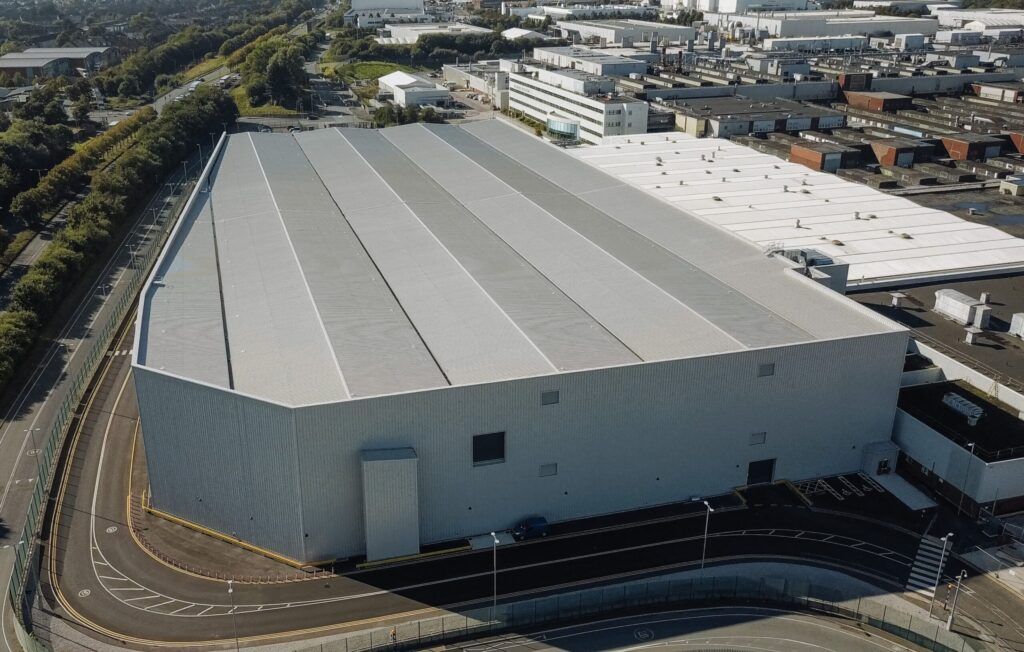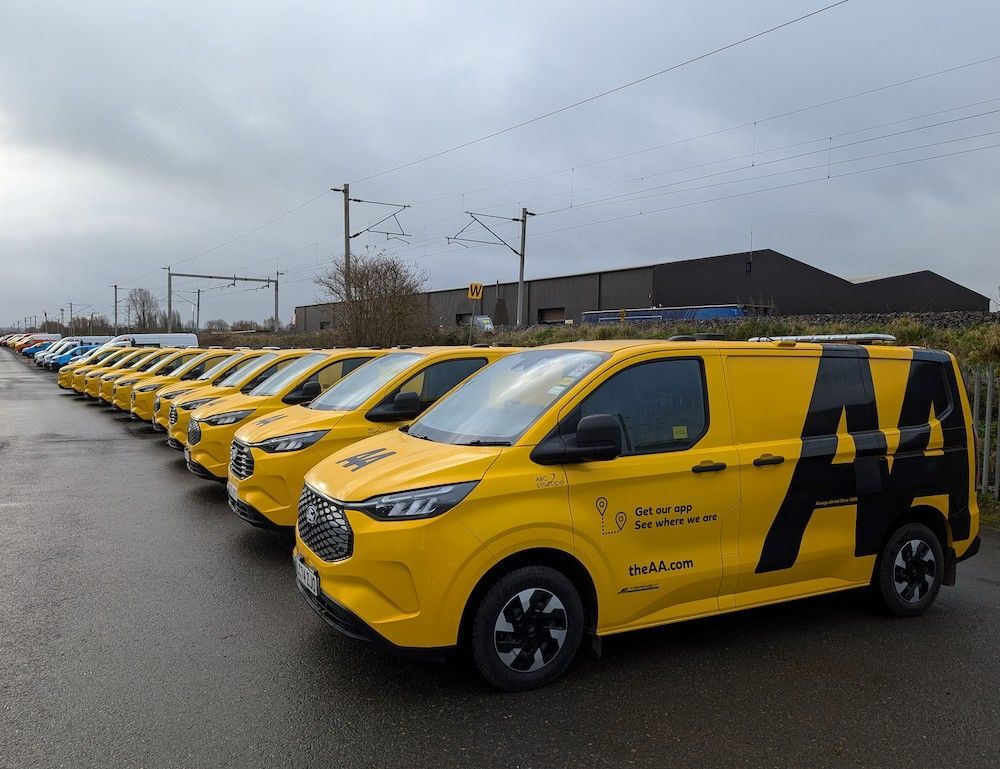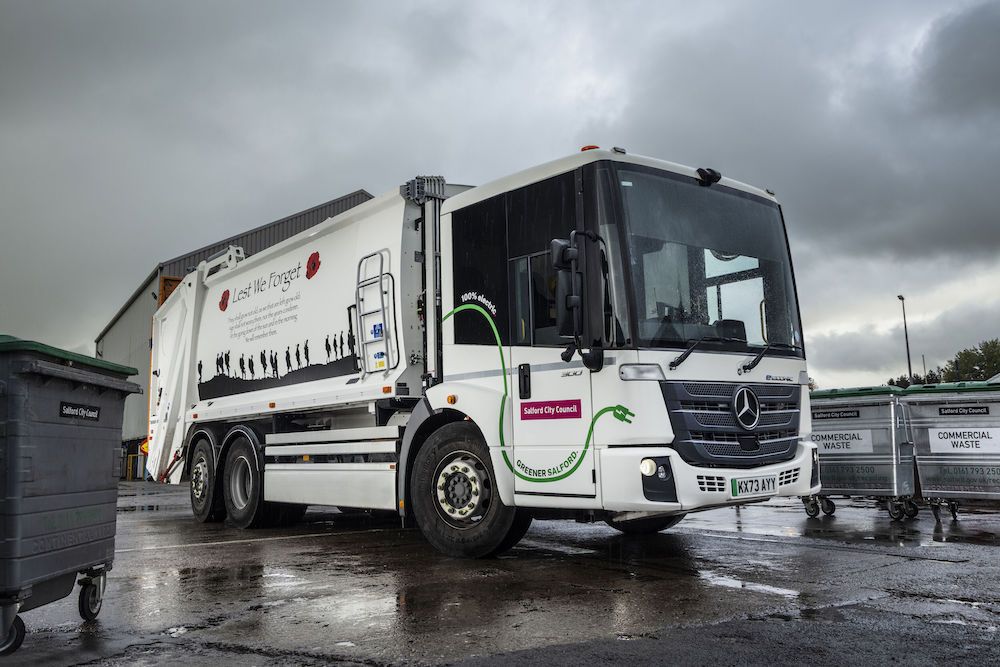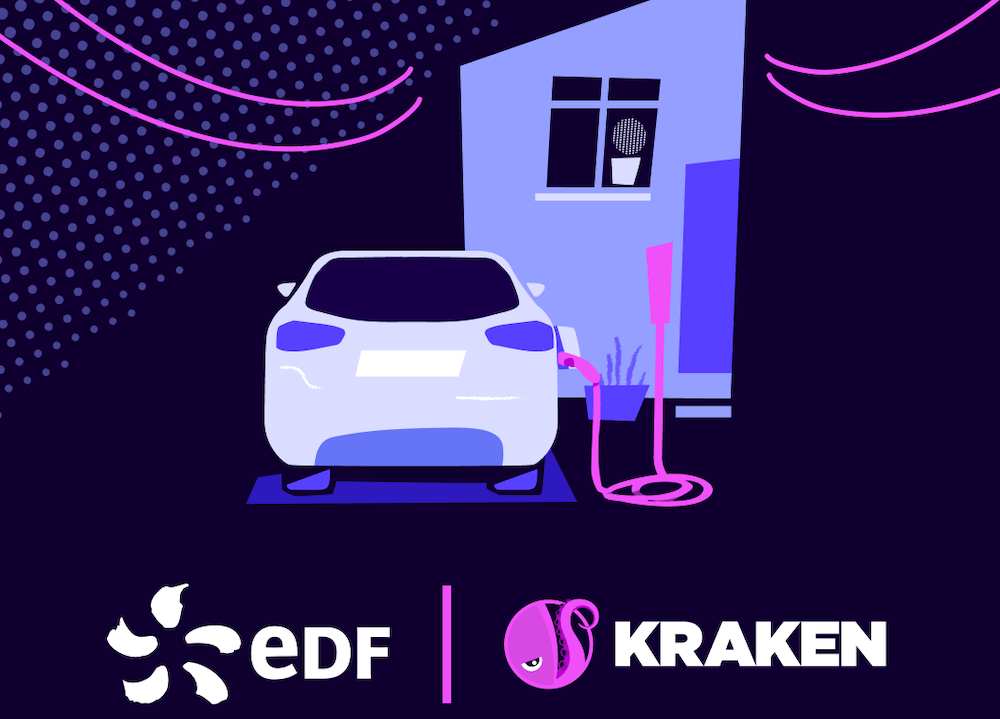JLR has announced a £500 million investment to transform its historic Halewood facility in preparation for electric vehicle production.
Originally built in 1963 to produce the Ford Anglia, Halewood is being transformed for the electric era.
With £250 million already invested, the transformation so far has involved over one million hours of construction work over the last 12 months. The site has been extended by 32,364 sqm to produce JLR’s medium‑sized electric luxury SUVs on the new Electric Modular Architecture (EMA) platform. A further £250 million will be injected over the coming years.
The historic plant has been fitted with technology including new EV build lines, 750 autonomous robots, ADAS calibration rigs, laser alignment technology for perfect part fitment and the latest cloud based digital plant management systems to oversee production, creating the ‘factory of the future’.
This investment is part of JLR’s commitment to its Reimagine strategy, which will see JLR electrify all its brands by 2030, with the aim of achieving carbon net zero across our supply chain, products, and operations by 2039.
Electrification is central to this strategy and Halewood has an exciting future producing ICE, PHEV and BEV models side by side before eventually becoming JLR’s first all‑electric production facility.
Barbara Bergmeier, Executive Director, Industrial Operations, said:
“Halewood has been the heart and soul of JLR in the Northwest of England for well over two decades, producing vehicles such as the Range Rover Evoque and Discovery Sport. Halewood will be our first all‑electric production facility, and it is a testament to the brilliant efforts by our teams and suppliers who have worked together to equip the plant with the technology needed to deliver our world class luxury electric vehicles.”
Additional transformational work to accommodate different sized electric vehicles includes:
- New body shop capable of producing 500 vehicle bodies per day
- 1.4km of the paint shop has been modified with the expansion of ovens and conveyors to respond to increased demand for contrasting roofs
- Construction of new automated painted body storage tower capable of storing 600 painted vehicle bodies
- Final production line has been increased in length from 4km to 6km to accommodate battery fitment
- Vehicle build stations extended to seven metres to facilitate the different proportions of the new EMA electric vehicles
- 40 New Autonomous Mobile Robots (AMRs) introduced to assist employees with the fitment of high‑voltage batteries
- Delivered High Voltage Training to over 1,600 employees
- £16 million worth of viable equipment from JLR’s Castle Bromwich site, ranging from ABB robots to automated guided vehicles has been integrated for reuse at the new facility
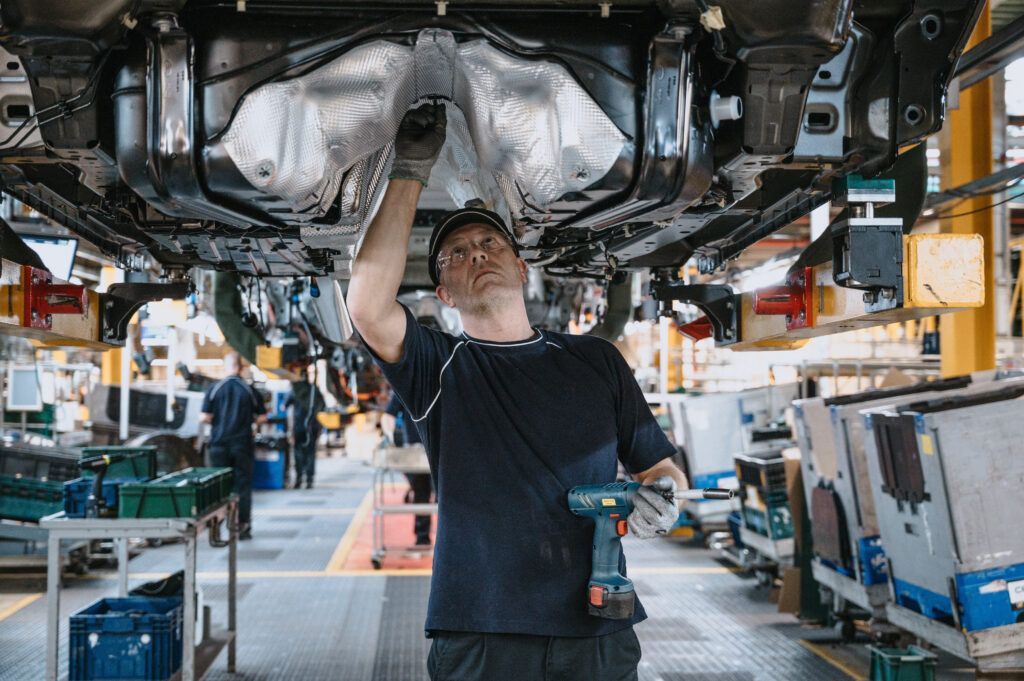
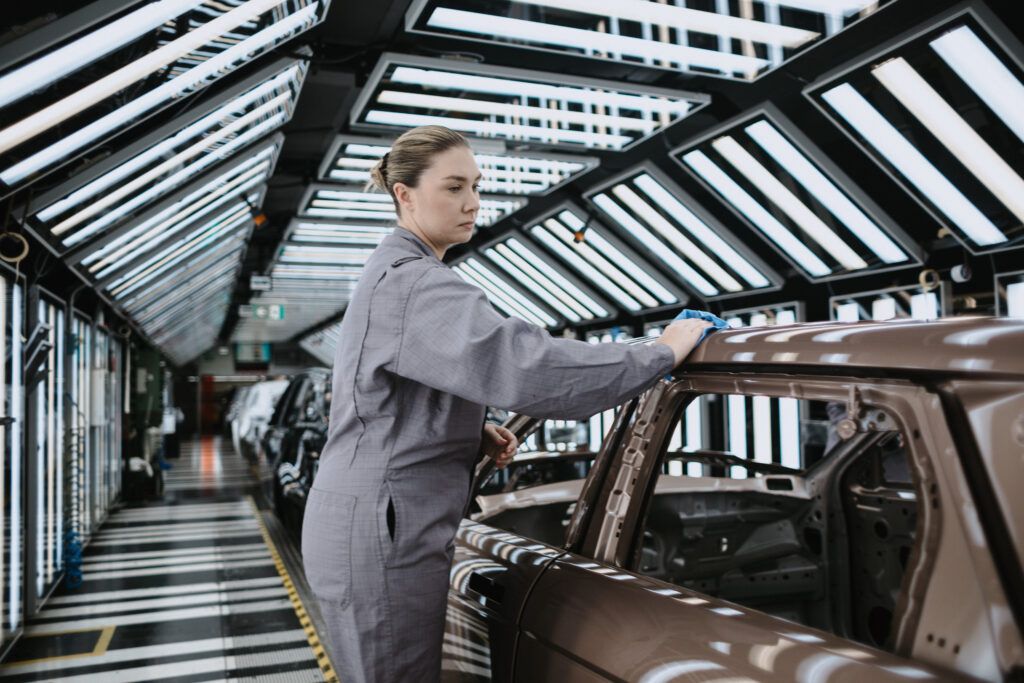
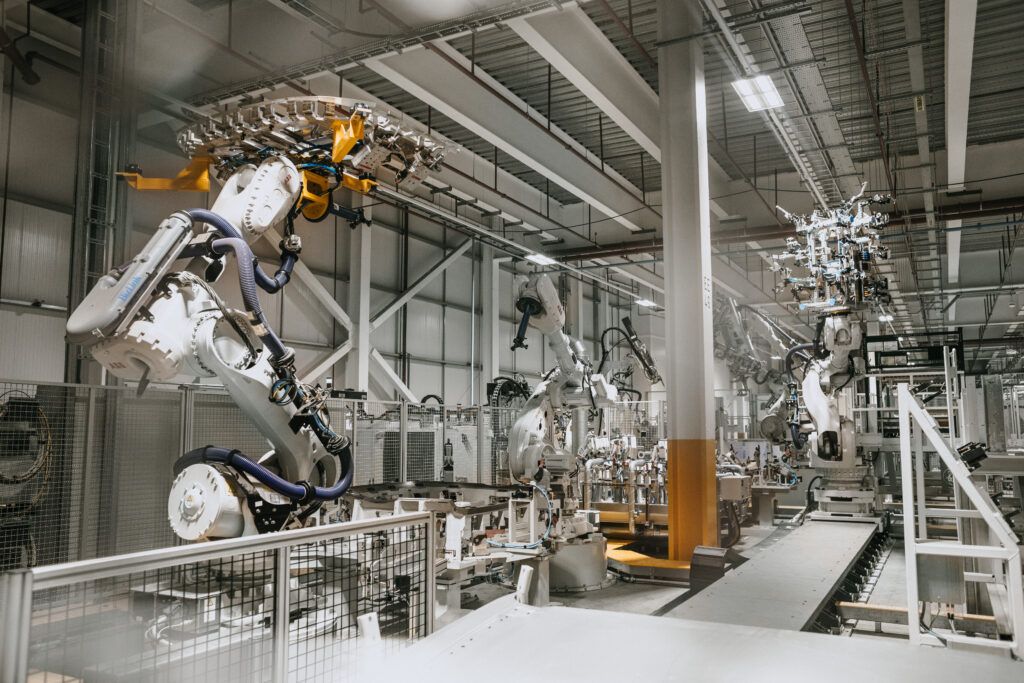
With the company aiming to become carbon net zero by 2039, JLR has also focused on maximising the use of renewable energy, with plans to install 18,000 photovoltaic panels, producing 8,600 GWh of energy equating to 10% of the site’s energy consumption.
Through a mix of renewables, fuel switching and energy efficiency products, JLR is aiming to remove 40,000 tonnes of CO2e from Halewood’s industrial footprint as part of its carbon net zero targets.
Re‑skilling People for Electrification:
As part of JLR’s Future Skills Programme, the company is investing £20 million each year across all of its sites to enable employees to pivot their careers and gain vital skills in new systems, technologies and processes central to the future of automotive manufacturing and engineering.
Within this, JLR is opening of Halewood’s new training and development centre, where colleagues will train on vehicles at varying stages of the production cycle, with a key focus on High Voltage Training (HVT) involving battery assembly processes. 1,600 employees have completed HVT with a further one hundred employees to be trained.
Digital Ecosystem:
As JLR looks to introduce advanced AI‑powered autonomous driving and connected services into its next generation vehicles, Halewood’s facility now features new Advanced Driver Assistance System (ADAS) calibration rigs, capable of measuring ADAS responsiveness to ensure each vehicle leaves with the safest level of calibration for future autonomous driving.
With the new production lines having completed the first test builds of EMA body shells, JLR will continue to test and optimise the new machinery and technology ahead of EMA production commencing.
Join us at the Transport + Energy Forum this year to hear Murray Paul, Public Affairs Director, Jaguar Land Rover (JLR) in conversation with motoring broadcaster and transport campaigner Quentin Willson during a session entitled ‘JLR – electrifying Britain’s biggest car maker’.
Images courtesy of JLR.



